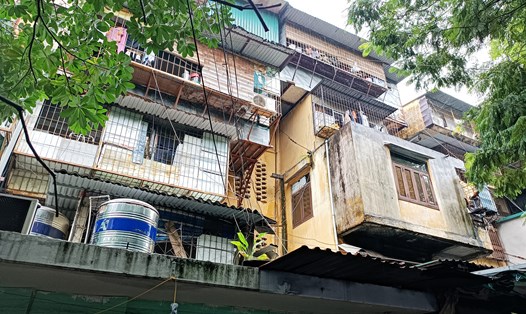Trung Tu apartment complex is degraded
Trung Tu apartment complex (Dong Da district) is located on an area of about 12 hectares, built in the 1970s-1980s, with a central location in Dong Da district. This is one of the densely populated and bustling residential areas with roads leading to the major streets of Dong Da and Hai Ba Trung districts.
This area has buildings from 2 to 5 floors high, with each building having from 60 to 120 apartments. However, due to their long life, the rows of houses here have seriously degraded.
In which, many walls and floors are peeling, the power grid is messy and there are no elevators. The transportation system and common utilities also no longer meet the needs of residents.
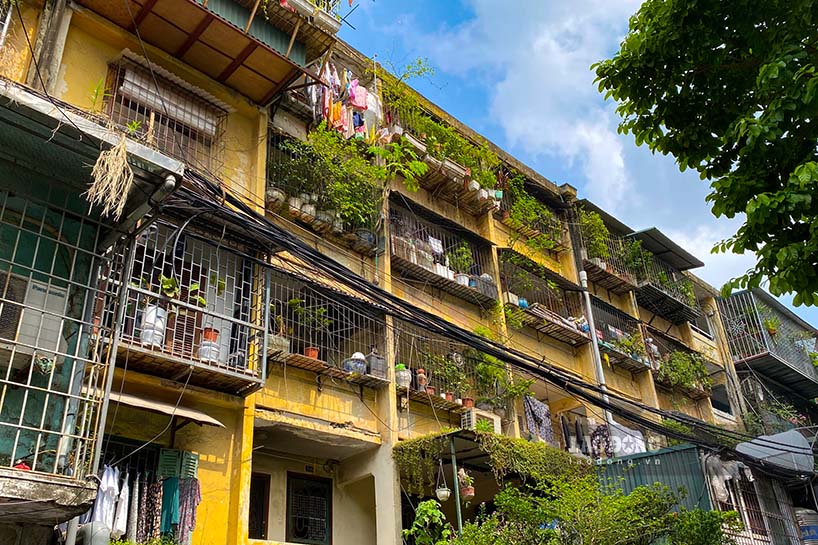
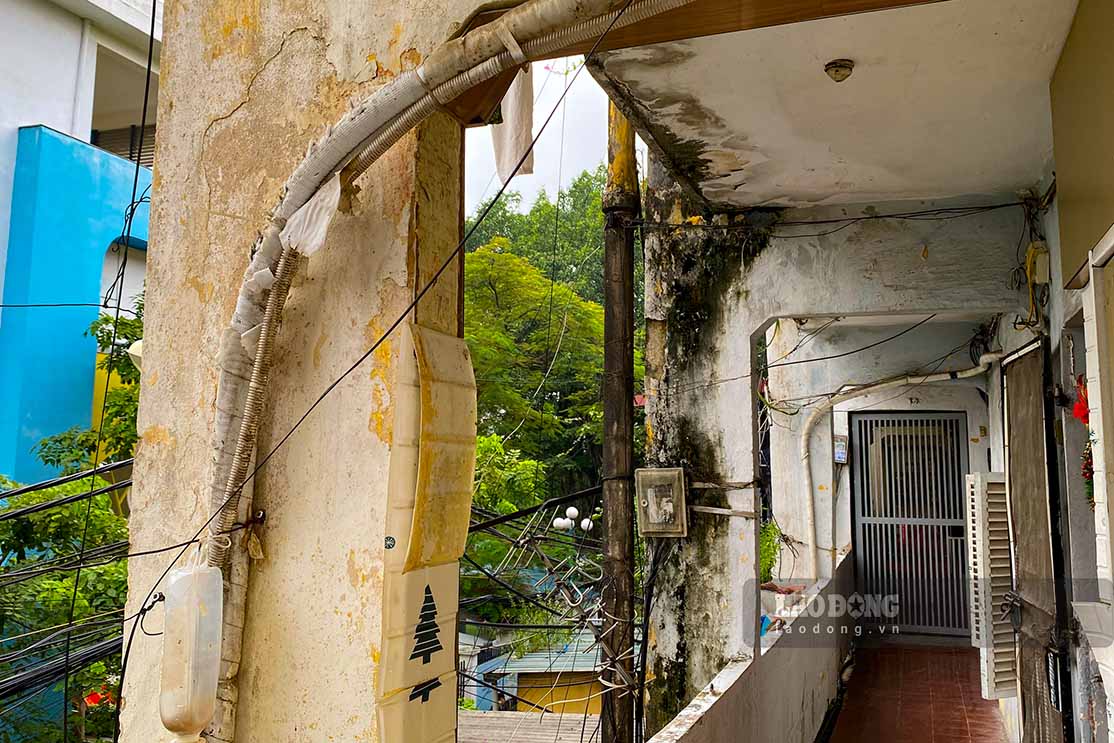
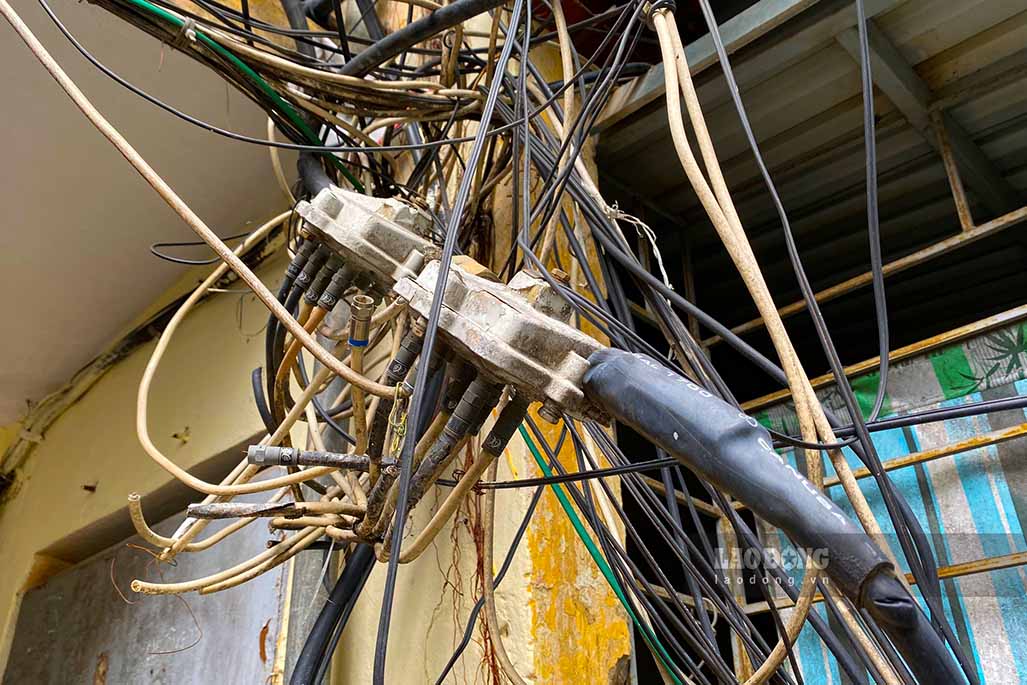
Because they are located in a prime location, many households on the first floors of the apartment complex have rented out business premises. However, the house has no parking tunnel, leading to people having to take their vehicles to the room or park them in other households, causing inconvenience in daily life.
Ms. Bui Thi Nhung (living in house C3, Trung Tu apartment complex) shared that her family of 5 people lives in a apartment complex of less than 70 square meters, damp and degraded, so the family also hopes that the apartment complex will soon be renovated and built more solidly.
Households here believe that if Trung Tu collective housing area is renovated and newly built, businesses on the first floor will enjoy more reasonable compensation policies and regimes than those on the upper floors.
Rehabilitation project and compensation coefficient
Dong Da District People's Committee recently organized a public consultation on the Detailed Planning Project for the renovation of Trung Tu apartment complex. Accordingly, the apartment complex will be cleared and rebuilt with two buildings: a 45-storey building and a 25-storey building.
This project includes 30 old apartment buildings with a total current floor area of 102,103m2, home to more than 8,300 people. Along Dang Van Ngu and Pham Ngoc Thach streets, public works, trade, and services will be built, while important works such as schools, headquarters, and agencies will be retained.
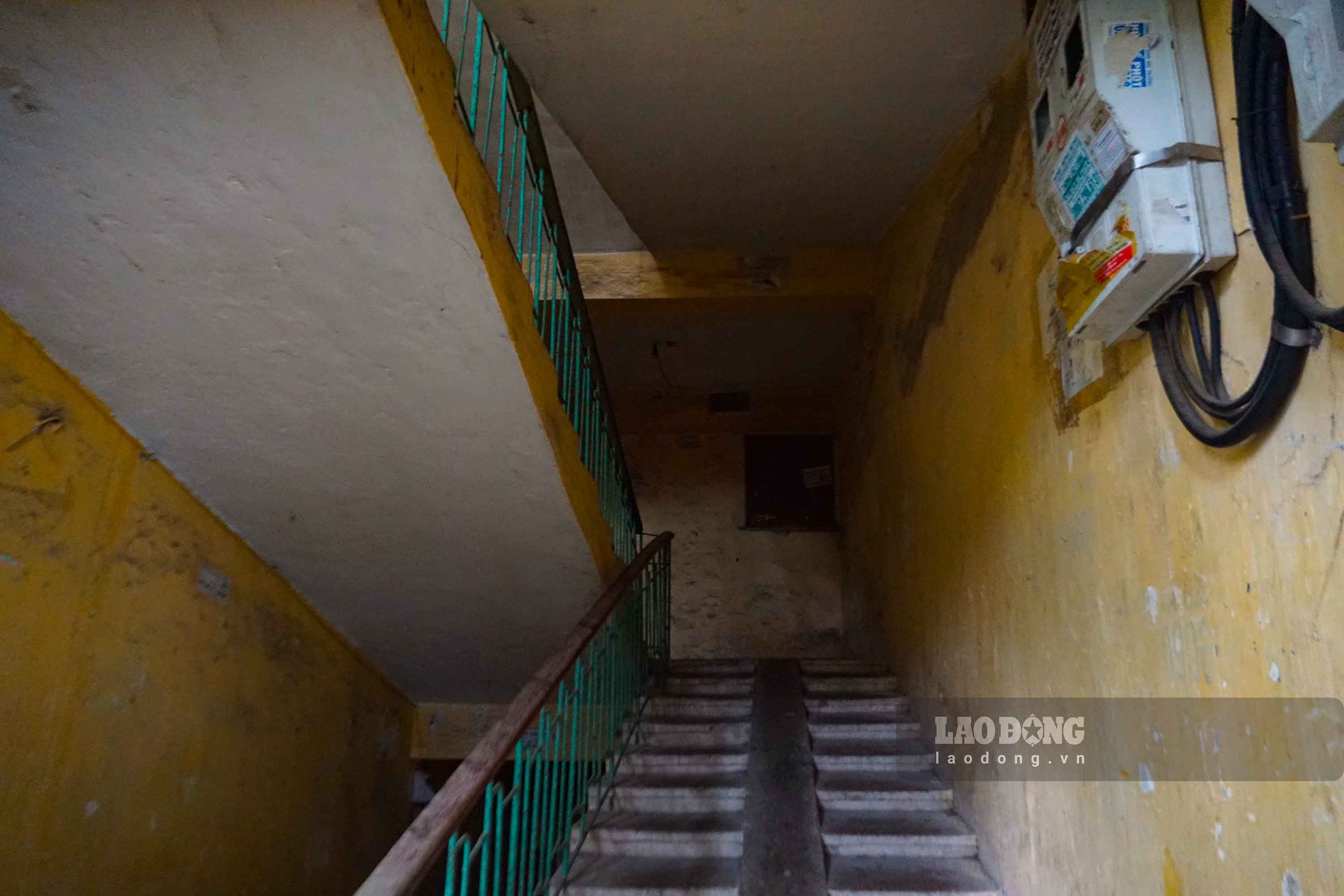
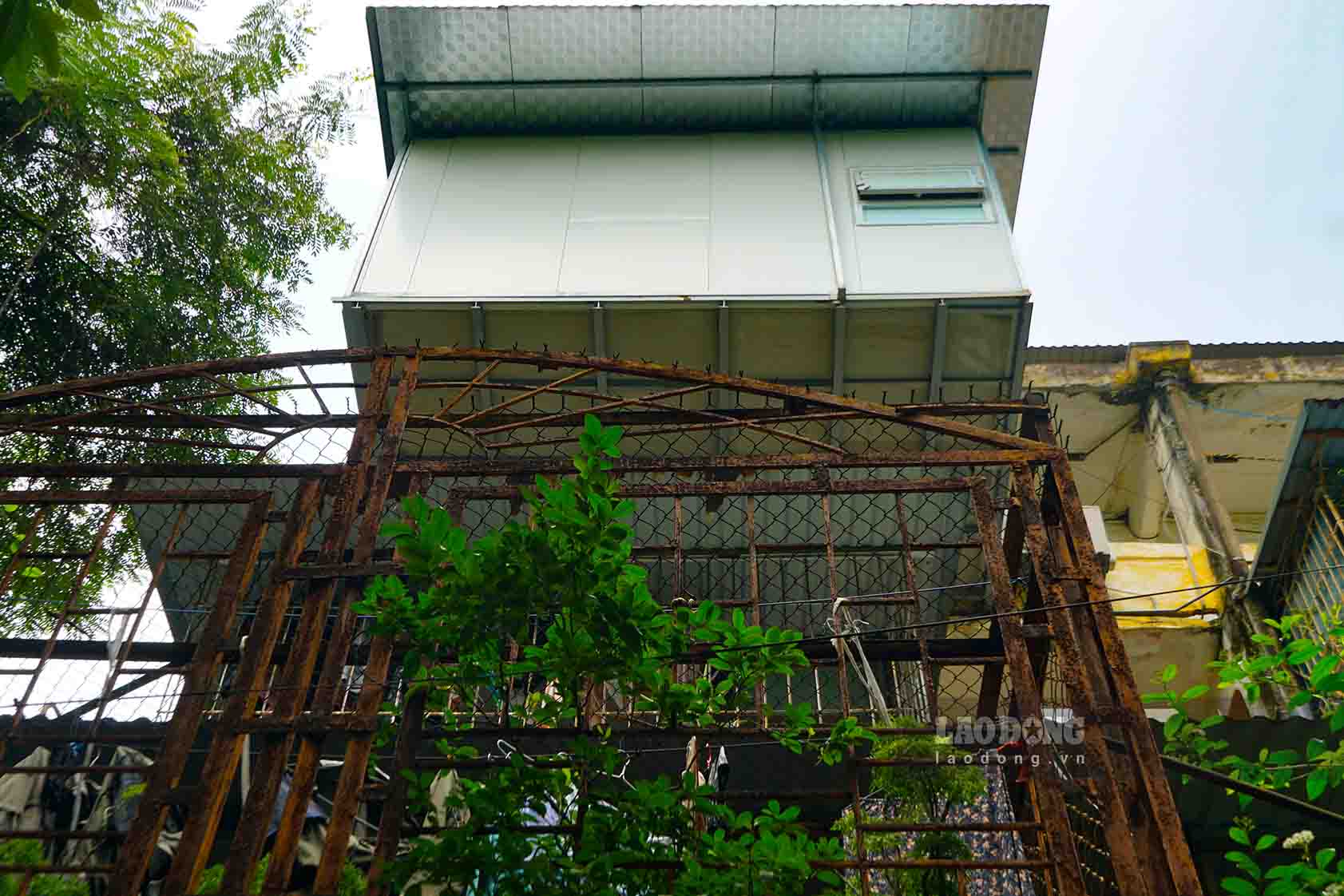
To ensure fairness for households, different compensation coefficients are applied to households at different floors.
The compensation coefficient for households on the first floor applies a coefficient of K of 2 (including the floor area in addition to 25% of the corridor area, stairs, technical areas, community activities, construction structures and technical boxes, other utilities for apartment buildings applied to the legal area according to the structure). For households with 2nd floor and above, the K coefficient is 1.5.
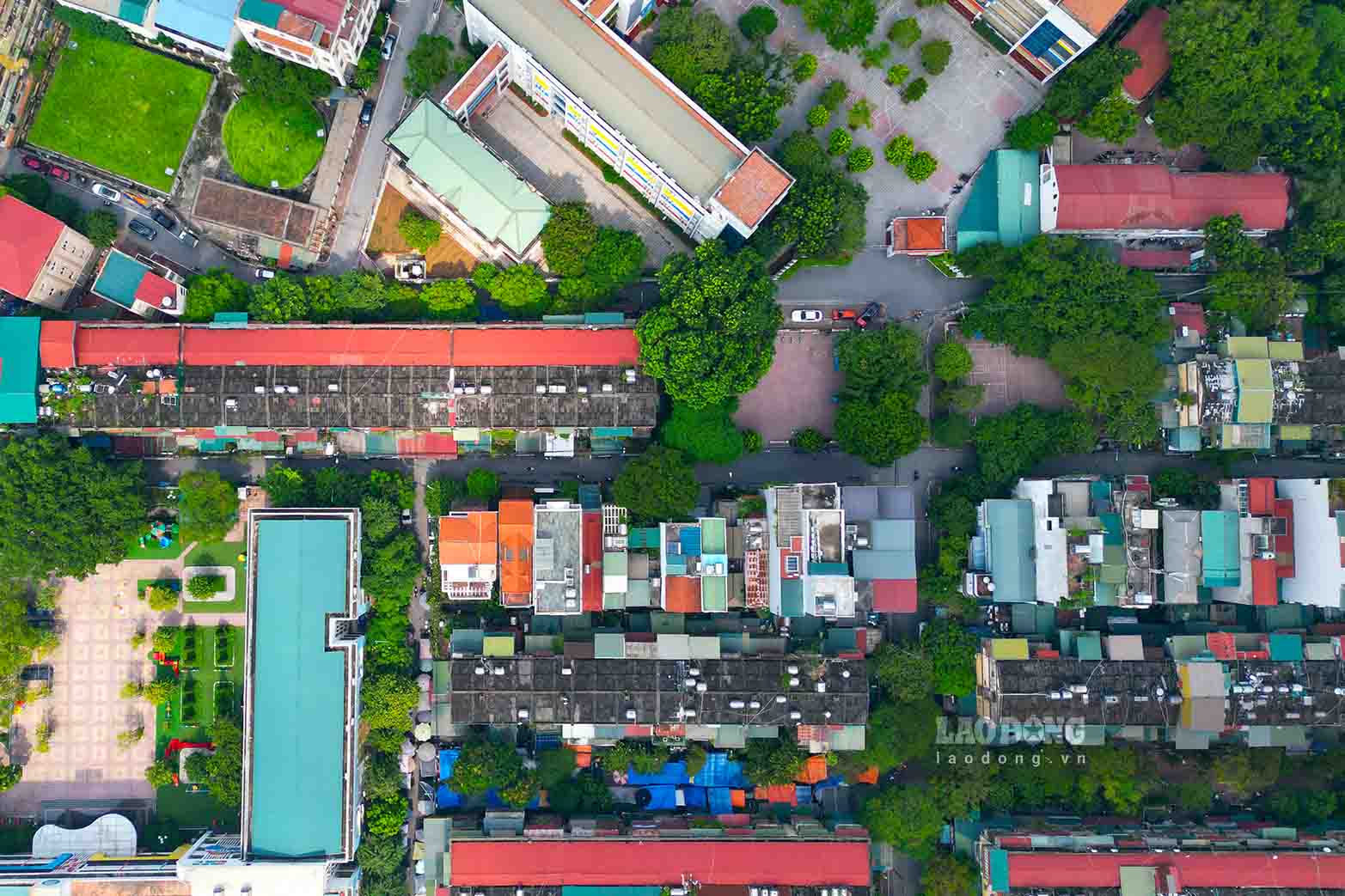
Concerns from the people
Although many people agree with the reconstruction plan and hope the project will be implemented soon, they still have concerns about the compensation coefficient and the relocation of households of Trung Tu collective to 2 buildings with 25 and 45 floors.
Regarding this, Dong Da District People's Committee said that with the first floor applying the coefficient K = 2, the second floor or higher applying K = 1.5, each household will be compensated about 70m2 after reconstruction on average. The detailed planning for the renovation and reconstruction of Trung Tu apartment complex and surrounding areas is implemented in accordance with the city's direction on not increasing the population.
Dong Da District People's Committee affirmed that the renovation will comply with the city's instructions, ensuring no population increase.
Vice Chairman of Dong Da District People's Committee, Mr. Ha Anh Tuan, said: "All old apartment buildings must meet the needs of resettlement apartments for residents before making a plan for the number of floors of the buildings, ensuring fairness and reasonableness".







